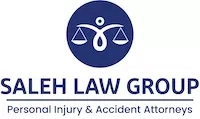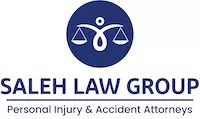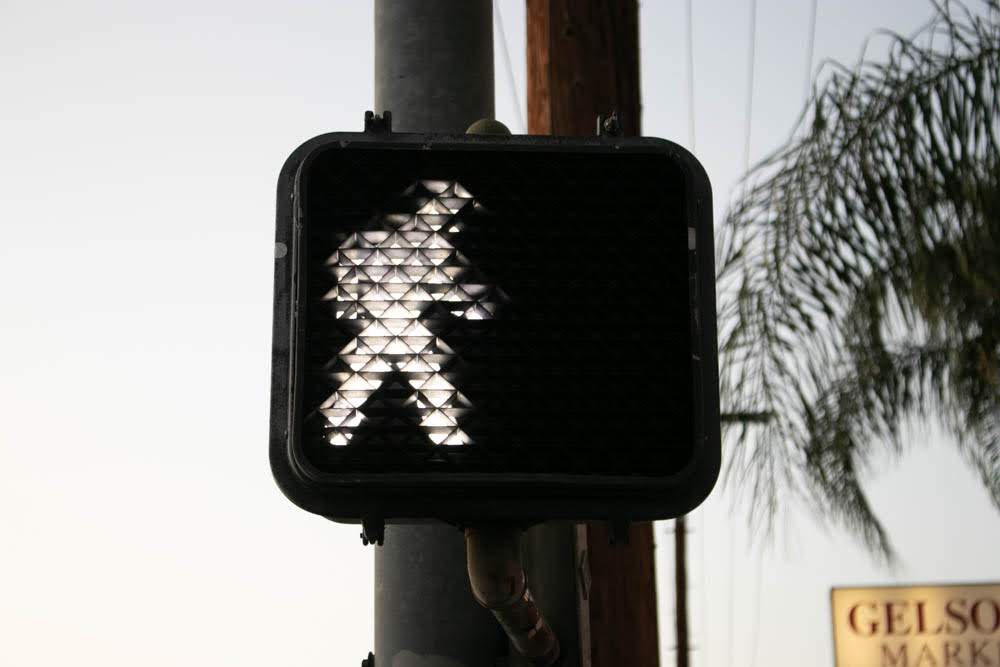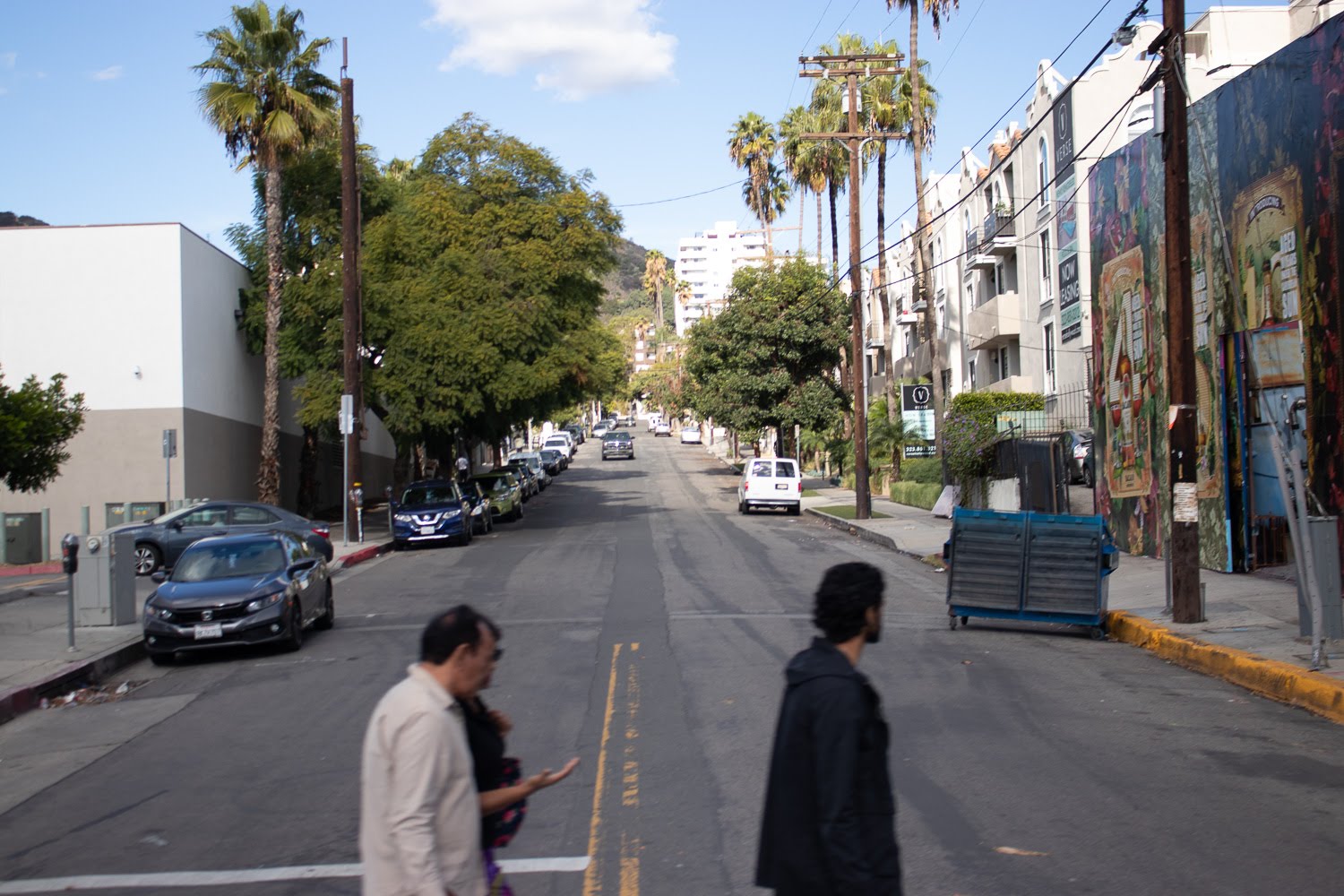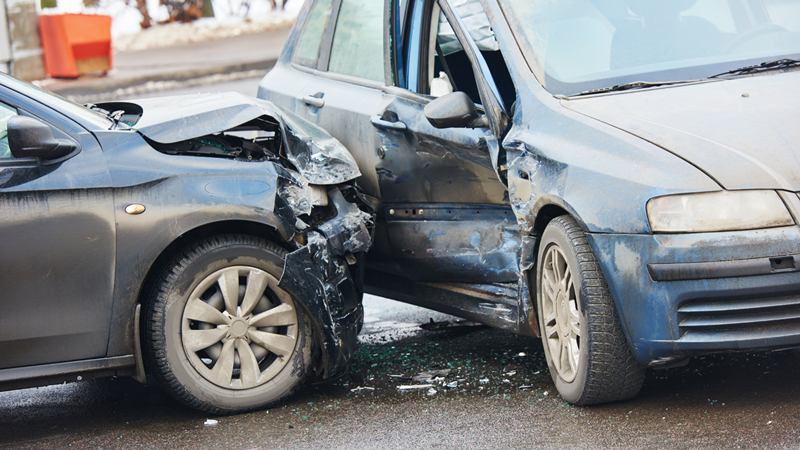Los Angeles, CA (March 28, 2025) – A pedestrian was struck by a vehicle late Friday night in South Los Angeles, leading to emergency medical response and road closures in the area.
The crash happened on March 28 around 10:43 p.m. near the intersection of West Gage Avenue and South Hoover Street. First responders arrived shortly after receiving reports of a person hit by a vehicle in the roadway. The victim was provided immediate medical aid at the scene before being transported to a nearby hospital.
Officials have not released the identity of the pedestrian or their current condition, but the injuries were serious enough to require hospitalization. Details about the driver or the circumstances leading to the crash have not been shared as of this writing. The Los Angeles Police Department is continuing its investigation to determine what led to the incident and whether any charges or citations may be issued.
We hope the injured pedestrian is able to make a full and swift recovery.
Pedestrian Accidents in California
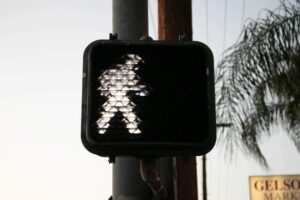
These accidents often leave lasting effects. Here’s what victims and families should understand:
-
Nighttime Hazards: Many pedestrian crashes occur after dark, when visibility is low and drivers are more likely to be fatigued or impaired. Bright clothing, reflective gear, and well-lit roads are key to improving safety, but accidents still occur all too often.
-
Crosswalk and Right-of-Way Issues: Even when pedestrians use crosswalks, they are not always seen by drivers. Many drivers fail to yield, especially when making turns, which leads to preventable crashes.
-
Severe Injuries Are Common: Because pedestrians have no protection in a collision, injuries are often severe. Victims may suffer from broken bones, head trauma, spinal injuries, or internal bleeding—injuries that require extensive treatment and recovery time.
-
Emotional Trauma: Beyond the physical harm, pedestrian accidents can cause long-term emotional distress. Fear of walking near roads or reliving the accident are common psychological challenges survivors face.
-
Liability & Legal Options: In many cases, negligent drivers may be held financially responsible. Legal guidance can help victims recover compensation for hospital bills, lost wages, and emotional suffering.
If you or someone close to you was hit by a vehicle, contact Saleh Law Group. Our diligent Los Angeles pedestrian accident attorney can help you obtain justice today. Taking legal action early is crucial to protecting your rights and preserving important evidence in the case.
At Saleh Law Group, we care deeply about helping injured pedestrians and their families recover from the trauma of serious accidents. Our legal team offers free consultations and is ready to assist with every step of the claims process. Whether you’re worried about medical bills, missed work, or long-term recovery, we’re here to help you pursue justice and fair compensation. Don’t try to manage this alone. Call us today at 949-431-6371 and let us provide the support and guidance you need. There’s no cost to talk, and no pressure—just the help you deserve.
Note: The accident news posts provided on the Saleh Law Group website are intended for informational purposes only. These posts are generated based on secondary sources and may not always reflect the most current or accurate information regarding accidents or legal matters. If you find any information in this post is inaccurate, please contact our firm so we can correct it as soon as possible. We will remove a post upon request.
Disclaimer: Saleh Law Group attorneys have long supported injured accident victims and their families in Southern California. We advocate for safe driving practices. This post isn’t a solicitation for business. The information provided herein isn’t medical or legal advice. The accompanying photograph isn’t from the accident scene.
